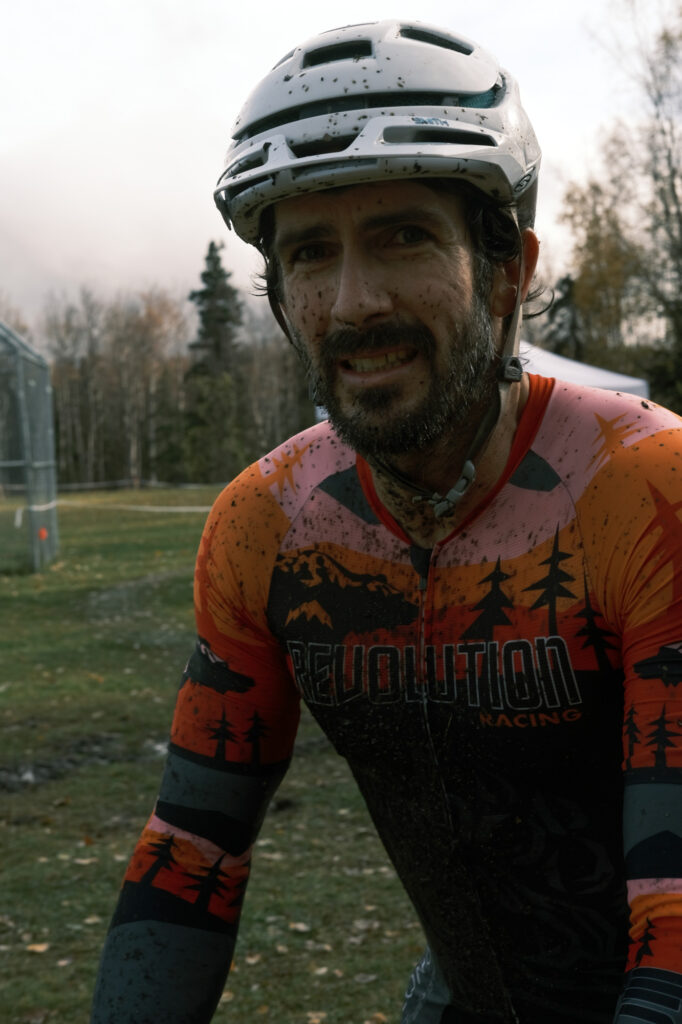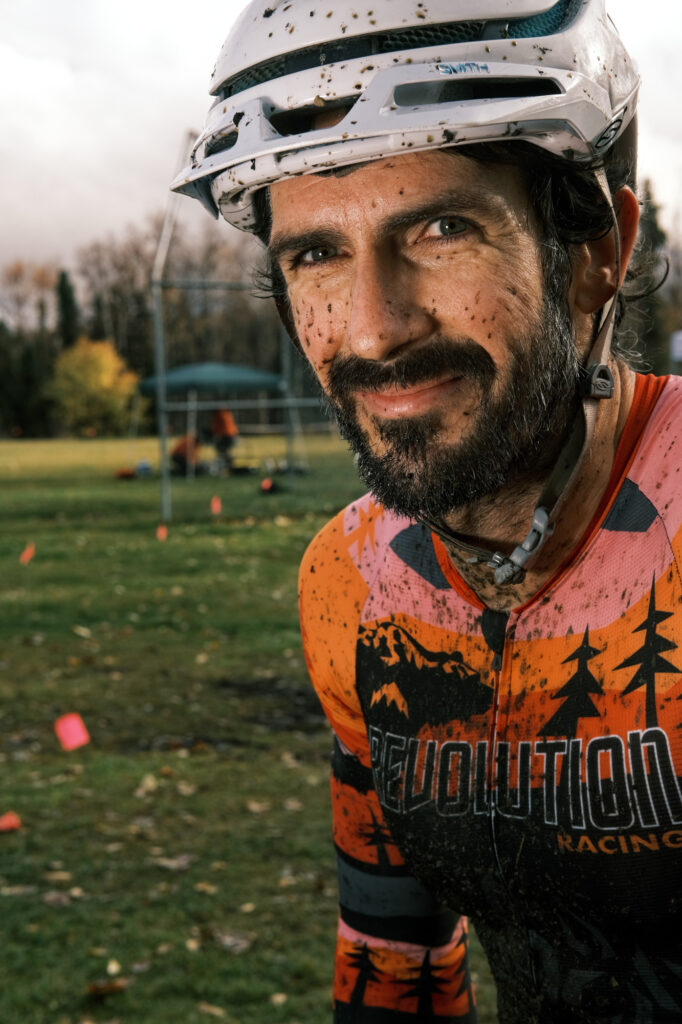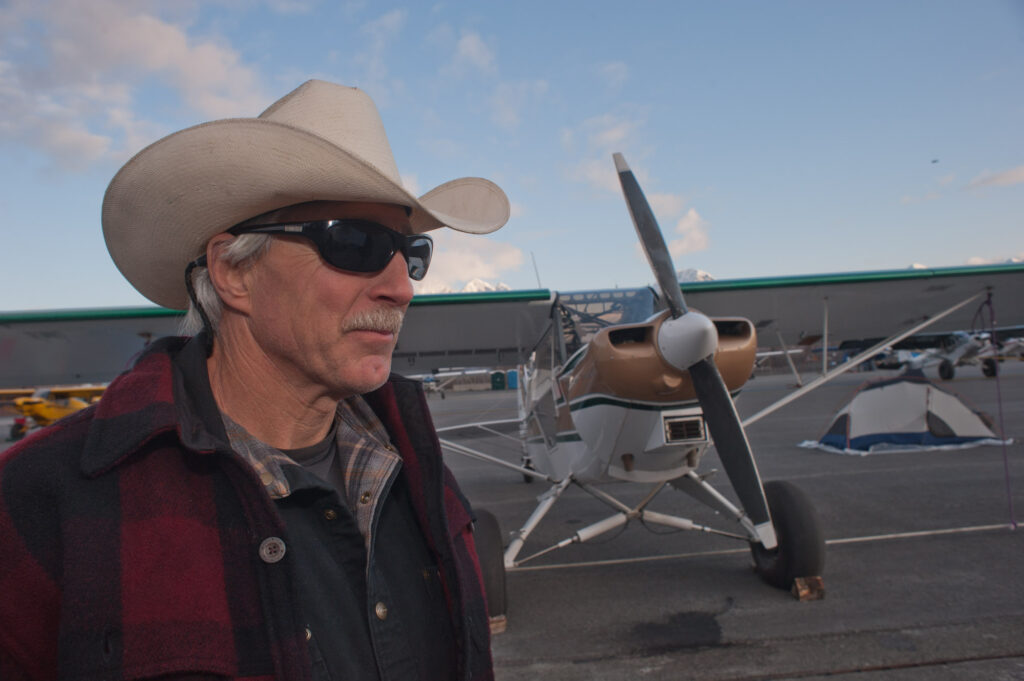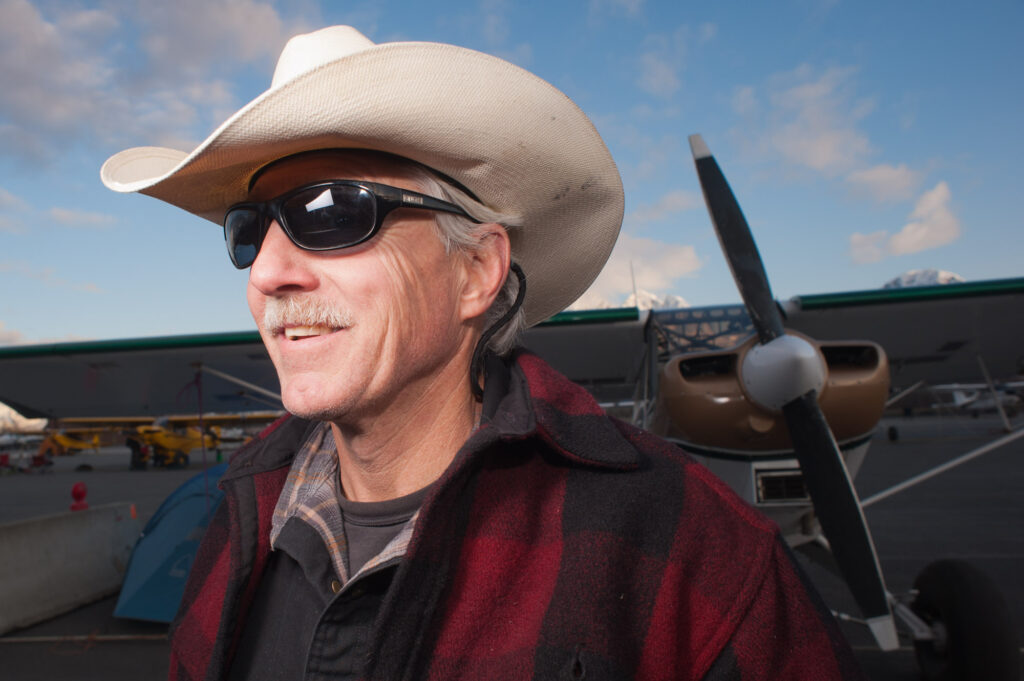I posted a brand new video tutorial over the weekend about how and why you might want to consider bringing flash into your own photography.
In this short tutorial, I show you a number of image examples that illustrate how using a single flash can make a huge difference in the overall look of your imagery.
If you’re already a flash user, then I hope the image examples will inspire some new ideas in with your own shooting. I’ll be doing more flash videos in the coming weeks, but for now, enjoy this short, but concise basic “intro to flash” tutorial.
The truth is that most of my work is shot in the outdoors, or at least under natural light, and if you comb through the EXIF data in my image library, you’ll see that the majority of images that I’ve shot over the years are tagged “Flash did not fire.” In fact, if you took all of my flashes away, I’m sure I’d get along fine for the rest of my life without them.
After all, there is nothing so beautiful, magical, wonderful, serene, dramatic, calming, forceful, edgy and peaceful as the varying types of illumination that comes from our sun.
Think about all the ways that natural light, whether its from the sun or the moon can illuminate our scenes. Between warm light, cool light, harsh light and soft light, there really are endless possibilities. Certainly enough to keep ourselves busy for a lifeme of photography.
So Why Use Flash?
Because in photography, everything is about the light. Light makes the picture. Light defines the personality of your subject matter, and it’s how you translate your vision to the rest of the world.
Using flash allows you to take a great subject that’s lit with challenging light, and turn it into a great photograph that’s lit with remarkable light. It allows you to take control during those mes when you don’t have the luxury of great natural light.
Fortunately, a single flash takes up no more room in your bag than a mid- sized zoom lens, so there’s no reason to think that you can’t take one of them into the outdoors when you go out to shoot.
Over the years, I’ve developed a number of systems that work for me and my adventurous, quick moving style. In fact, I even wrote an ebook about this subject, called Going Fast With Light that teaches you how to incorporate flash and minimalist-style lighting techniques into outdoor photography, and more importantly, how to do it without burdening yourself with too much gear. The truth is that flashes make a difference, but they don’t have to slow you down.
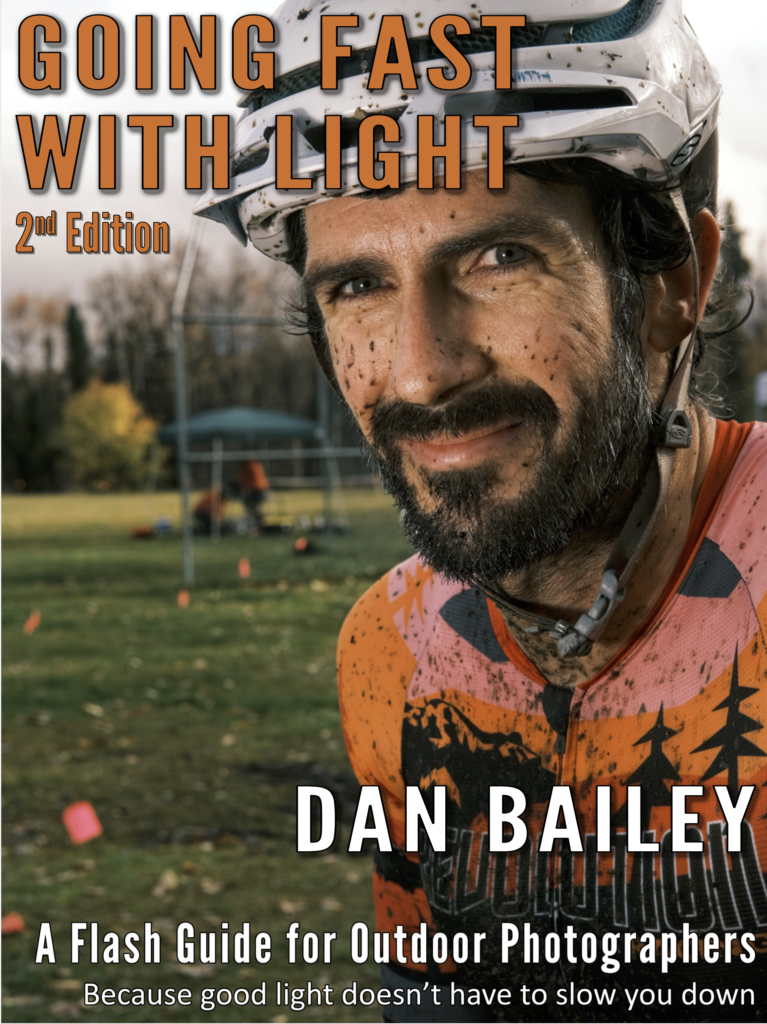
The brand new 2nd edition even lists a huge amount of new and affordable flash gear that’s available for all camera types, both mirrorless and DSLR.
Reasons for Using Flash
Typically, when I’m using flash, I’m either trying to reduce or increase the overall contrast, or add additional creative interest to the scene. In most cases, though, it usually does both.
You can have a subject that’s perfectly exposed, but due to the quality of the available light, it just lacks punch, which unfortunately makes for a boring image.
This often happens when shooting in dim or overcast light. Even if you don’t have harsh shadows to deal with, this can leave your images looking pretty bland because there’s no dynamic quality to the ambient light.
By adding a little bit of light in the right place, you can add flavor, texture and additional dynamics, which can turn a photo of a good subject into a great image.
Just like when using natural light, you’ll find that side-lighting is a very effective lighting strategy. It outlines the shapes and contours of the subject and translates the three dimensionality of the subject into the two dimensional medium of a photograph.
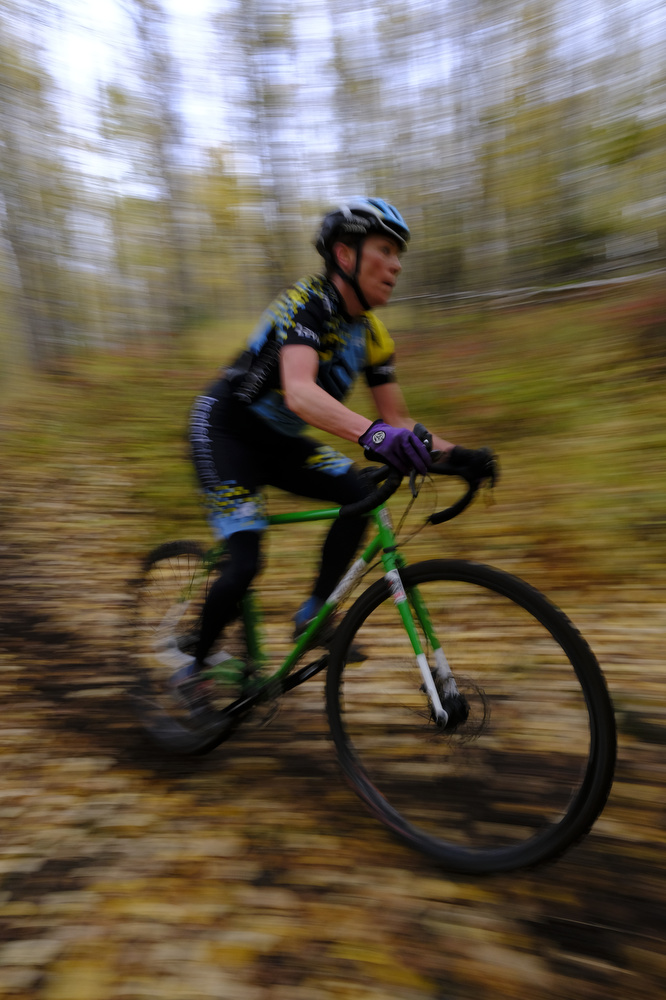
No Flash 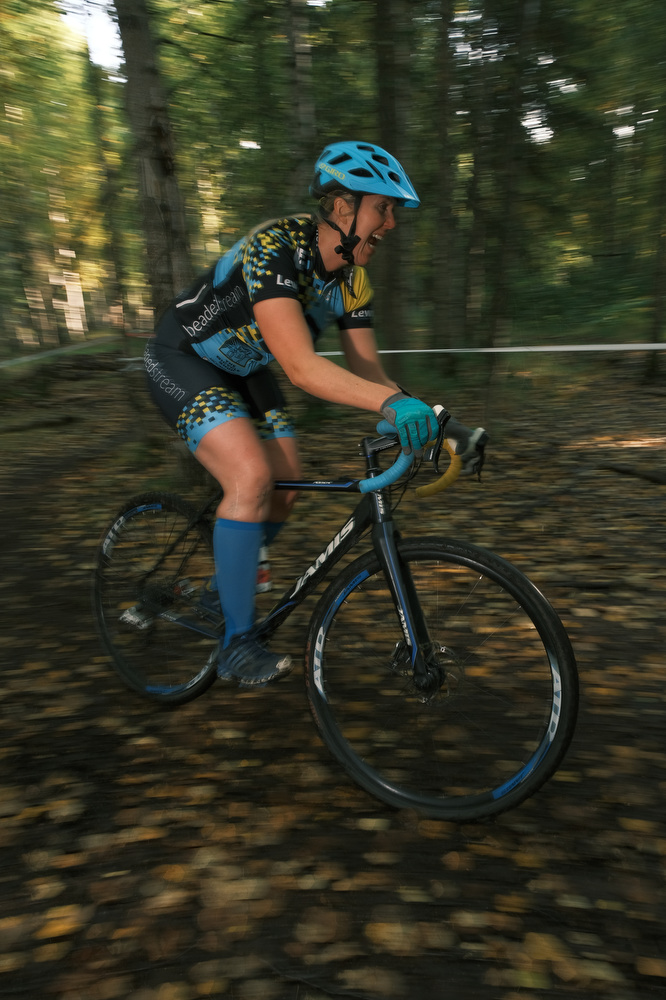
Shot with Flash
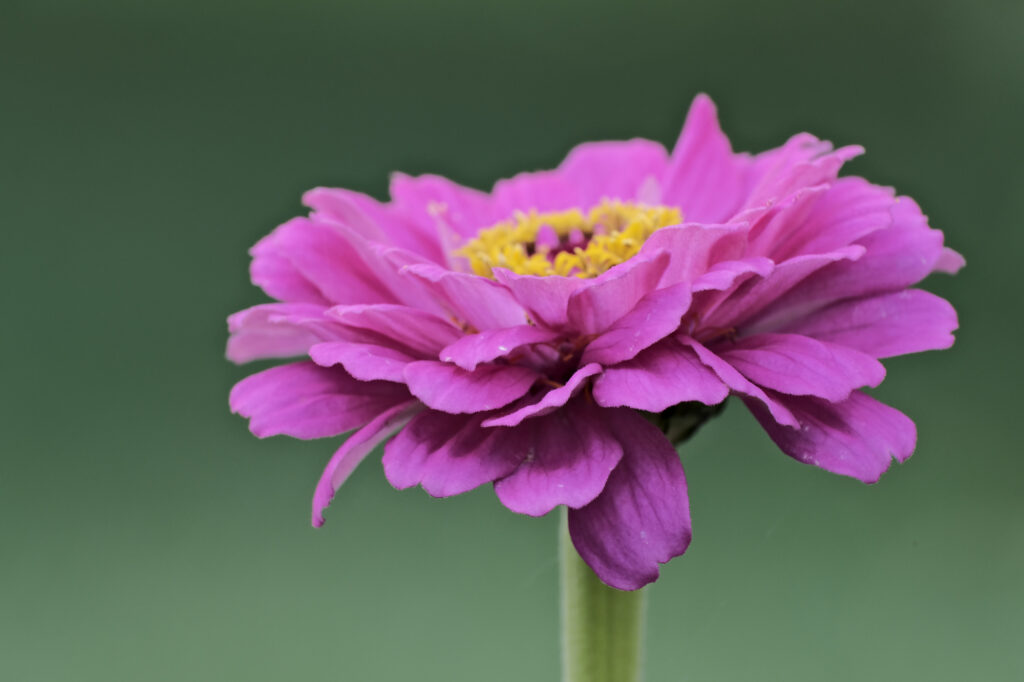
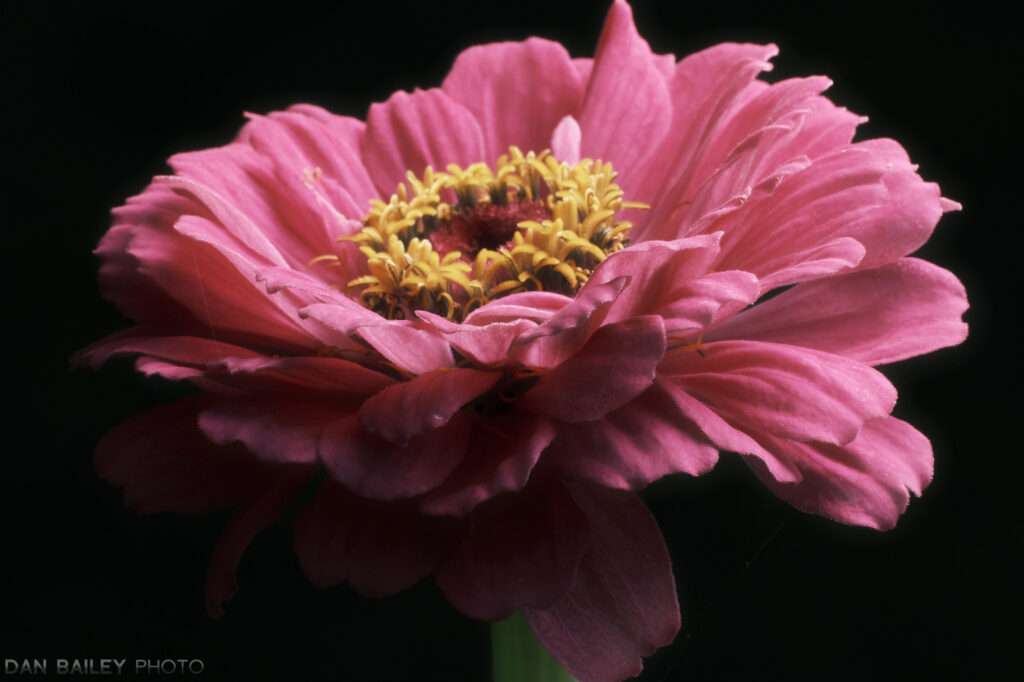
The key to all of this is using radio triggers, which have come a long way in the past ten years. There are other ways to fire a flash that’s off-camera, but there are numerous reasons why radio triggers are the best method.
These days, I’m using the Fujifilm EF-60 flash with their EF-W1 Wireless TTL Commander, which is essentially the same as Nissin’s AIR 10S Wireless TTL Commander. The EF-60 flash is just like Nissin’s i60 flash; both are capable, wireless compatible speedlights.

Nissin and Fuji’s dedicated wireless flashes both work on the Nissin AIR system, and they’re interchangeable, so you could use a the EF-60 with Nissin triggers, or Nissin wireless flashes with the Fuji trigger. This stuff used to be pretty expensive, but these days, you can get a Nissin wireless flash and trigger for just under $200.
Nissin also has flashes and radio triggers for Nikon, Canon, Olympus/Panasonic and Sony.
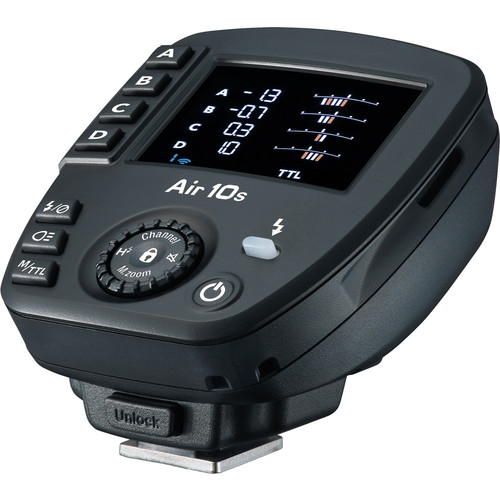
GODOX also makes affordable wireless capable flash units and radio triggers that are compatible with Nikon, Canon, Fujifilm, Olyumpus/Panasonic and Sony.
Either way, today’s affordable radio triggers the open up the door to off-camera flash photography in a huge way, but they’re nice and small, so they easily fit in your bag. Or your pocket.
Radio triggers let you put the flash anywhere. It doesn’t have to be line of sight to the camera, and these new triggers have a range of 100 meters, which gives you a lot of creative flexibility. You could shoot across a football field with a long telephoto lens and still light your subject.

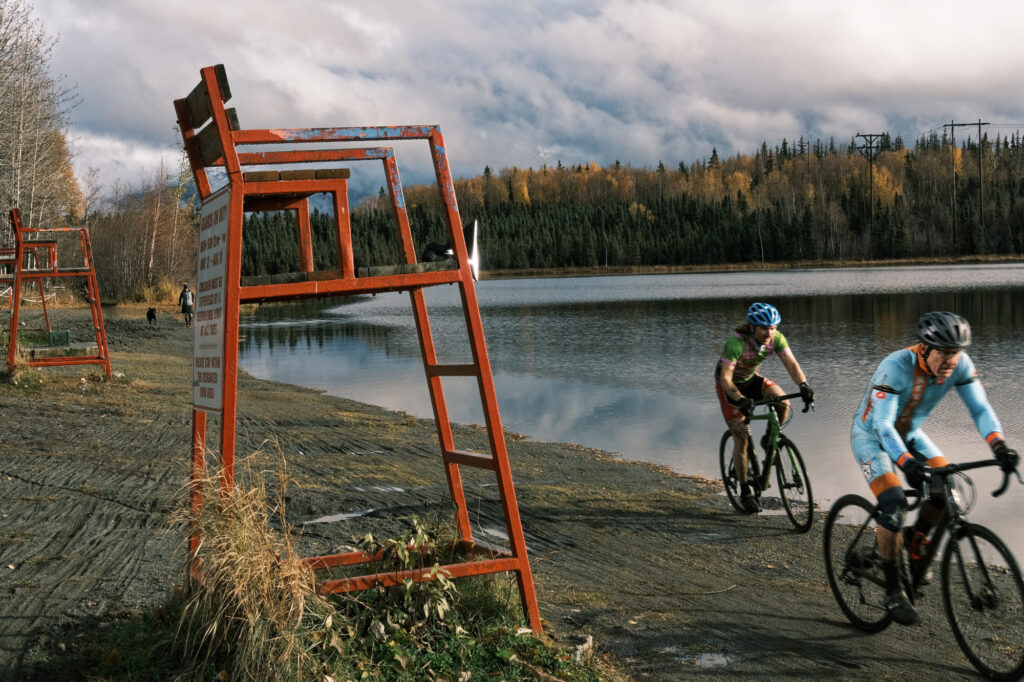
Here’s an example. These photo was shot under overcast sky, or in the forest. It works; no contrasting shadows, no real problem areas, except for the fact that it’s nothing special, just plain jane vanilla. Under this light, it’s mere snapshot quality.
However, bring in a single light and it suddenly becomes a nice photograph. A single light, placed anywhere from a few feet to 20 feet away at an off-angle from the camera can really give you a nice sense of depth and definition.
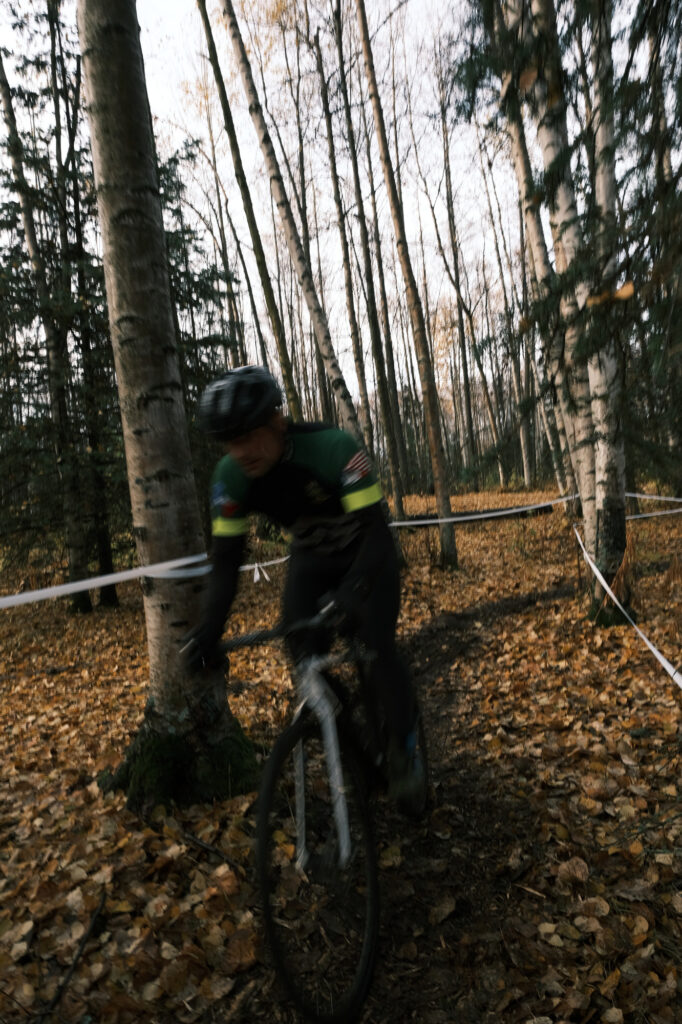
Cyclocross race, Goose Lake, Anchorage, Alaska 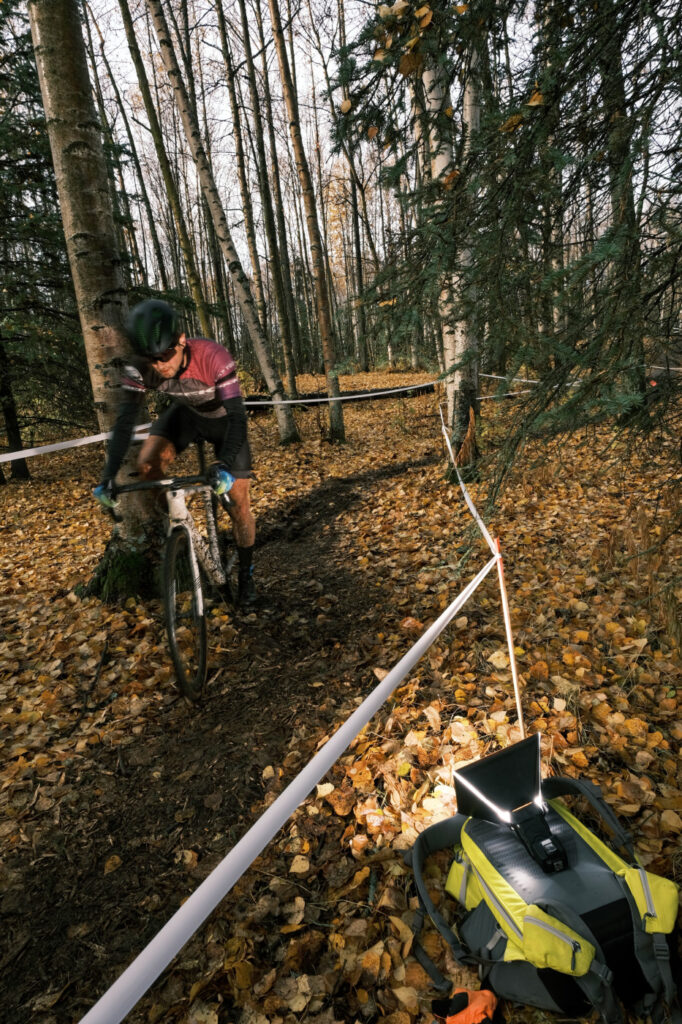
Cyclocross race, Goose Lake, Anchorage, Alaska
Just like when using natural light, you’ll find that side-lighting is a very effective lighting strategy. It outlines the shapes and contours of the subject and translates the three dimensionality of the subject into the two dimensional medium of a photograph.
Often times when shooting things like portraits or close action, I’ll hold the flash in my left hand, but much of the time, I’ll just place it on something. Doesn’t even have to be a light stand. It could be anything. Sometimes I just place it on the ground.
Theres’ a lot you can do with flash, and you don’t have to spend a lot of money. In future videos, I’ll give you more off-camera flash tips, but for now, if you want to grab my ebook, Going Fast With Light, visit this page to see what it’s all about and get a limited time discount on this helpful guide.

